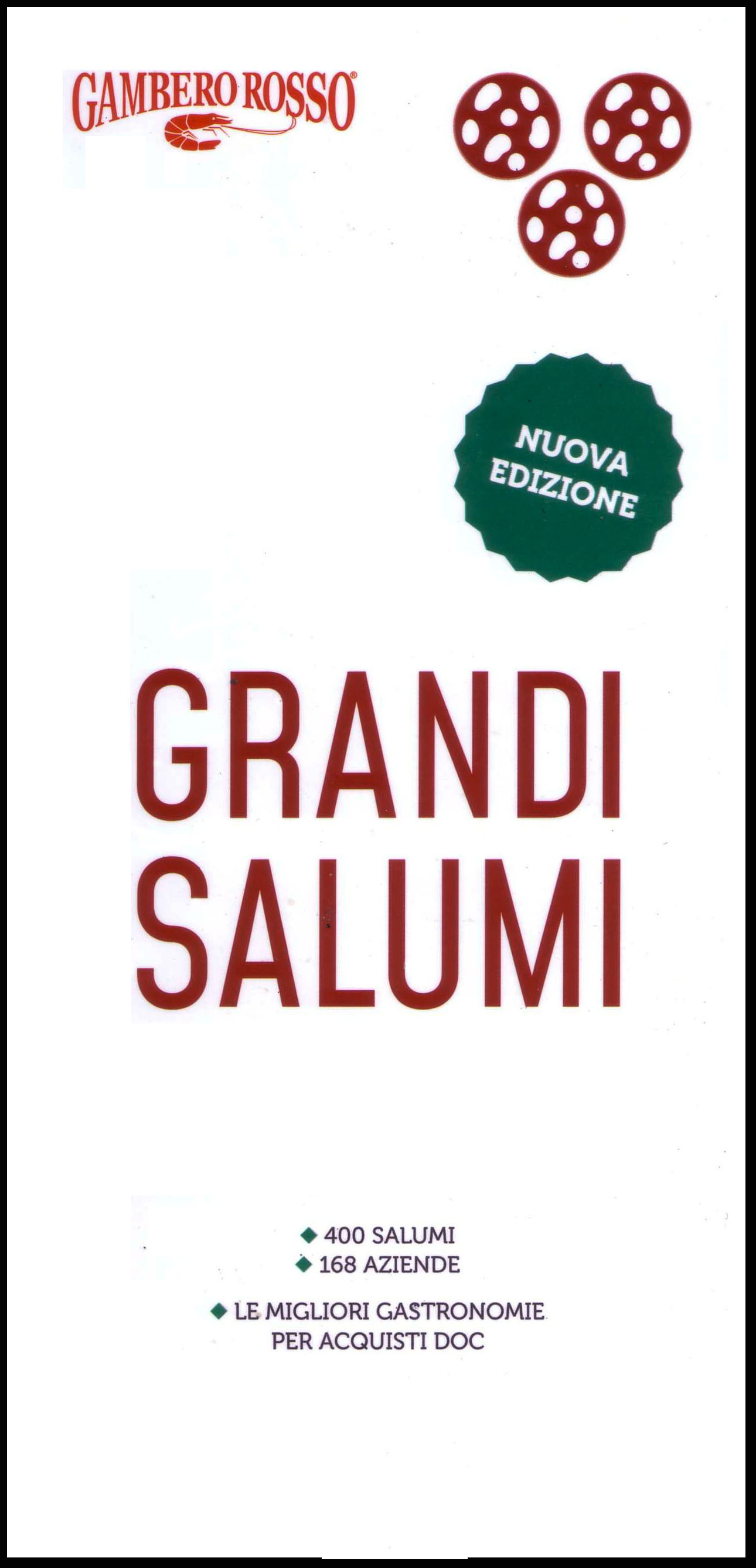
Aosta Valley Region - "Grandi Salumi" del Gambero Rosso 2023
The intuition of cured meats is to have allowed men to preserve fresh meat with ingredients that extended its edibility. This proved to be even more true and necessary in the mountain economy, especially in the small valleys where winter isolation led to significant hardships that had to be sustained.
The motsetta or motzetta (PAT product) tells us this well because it originally derives from chamois or ibex meat, in particular from the muscle or thigh, although today, for obvious reasons of availability and yield, it prefers beef. The cut is lean, therefore it needs to be well preserved, for this reason the motsetta undergoes a tanning with sage, rosemary and various mountain herbs, and is placed in a sort of brine enriched also by the purge liquid of the meat itself which maintains its aromas.
Arranged inside doils (sort of square barrels), it then takes on its characteristic shape, also due to the pressure exerted on the pieces, before moving on to drying. The result is a very aromatic, dark and lean slice, with great palatability.
A similar process is that of tseur achétaye (PAT product) - literally meat preserved in salt - but with a softer slice because the cured meat is not dried and the cut is shoulder, topside and subside.
Among the sausages, two other PATs deserve mention: saouseusse, a semi-cured sausage produced with beef, which can be enriched with pork lard, very aromatic and fragrant, and boudin (from the French blood sausage), a particular preparation created to use the poor parts of the pig; it was once made with pig's blood, today more and more often replaced in part or entirely by beetroot, which helps preserve the cured meat and gives it colour, and by the potato, together with chopped lard and spices. The result is a sausage that often changes from valley to valley and from country to country. The panorama of Aosta Valley cured meats is completed with two PDO products.
Arnad lard involves the use of Italian heavy pigs bred according to the specifications of Parma and San Daniele hams, of which the shoulder and back are processed in the municipal area of
Arad, using spices and herbal mixtures. Once the tanning has been added, the pieces are placed in oak, larch or chestnut wood doils with a specific brine and there they are left to rest for at least three months, taking on the typical square shape and aromatic characteristics.
Finally, the Jambon de Bosses, produced in the municipality of Saint Rhemy-en Bosses, from which it takes its name; also in this case heavy pork from the Parma and San Daniele supply chain is used, which undergoes special salting and is enriched with mountain herbs.
The organoleptic difference is made by the high altitude climate, which is one of the protagonists in the production of a good slice derived from this anatomical cut. The result is a pleasantly savory bite with "a delicate hint of game", as the specification states.
